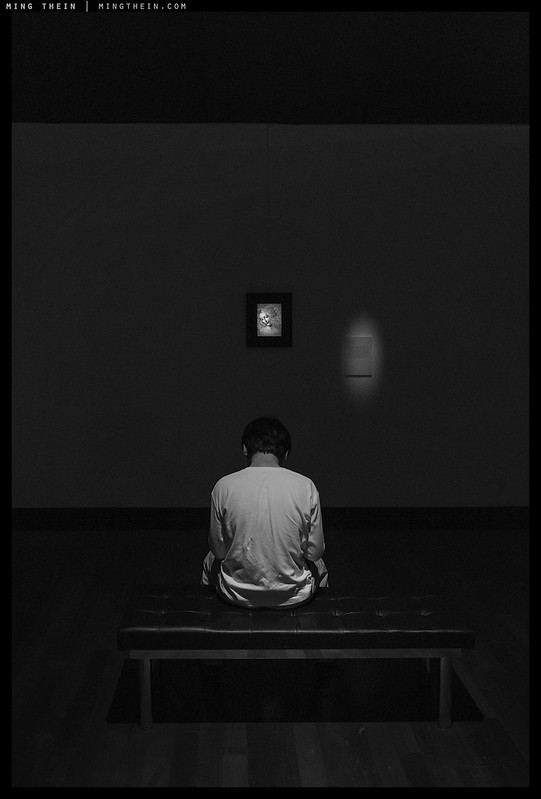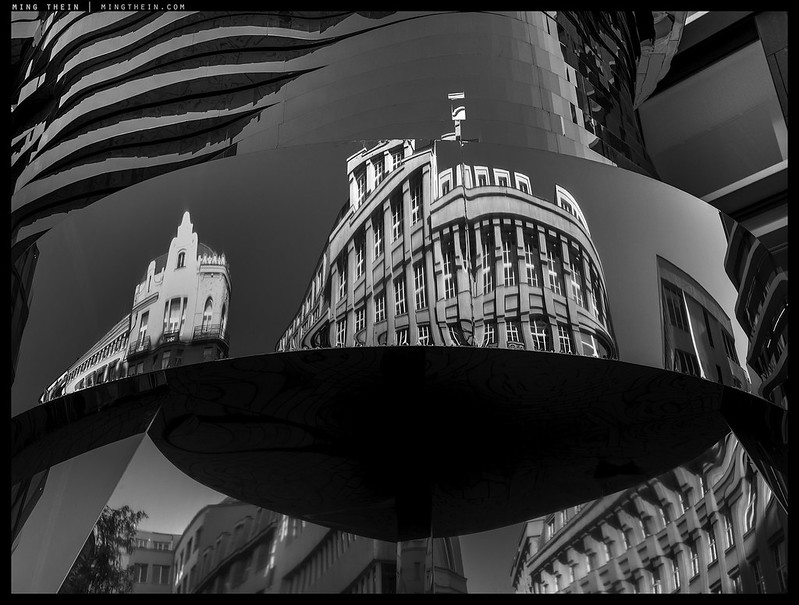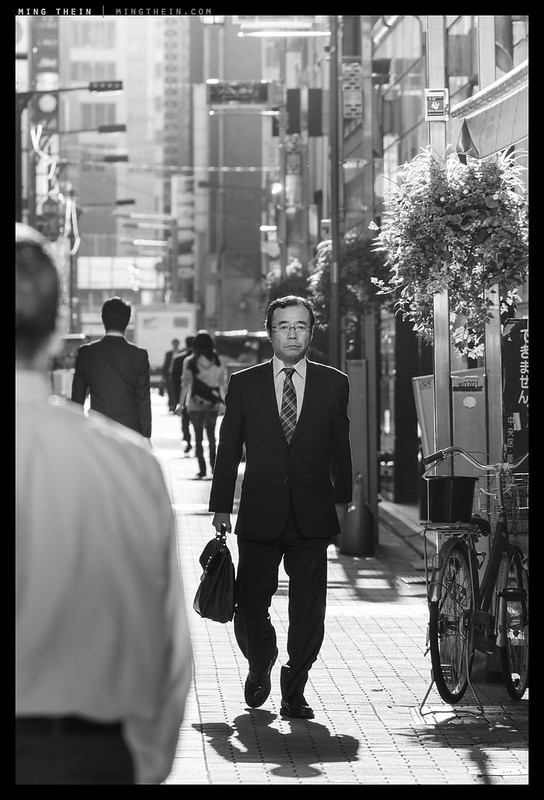Whilst the previous post was all about ambiguity in groups, crowds or simply physically larger and visually more dense situations, with the barest hint of narrative (if any) dictated by gross body language – this set focuses more closely on couples or a single individual, thus leaving more room for expression and gesture. It is more of an emotional set that suggests causality from a detail or gesture frozen in mid-motion rate than juxtaposition. Though to be honest, the differences are perhaps not as stark as I make them out to be, even if during the curation process the images naturally separated themselves into two distinct groups. Enough words about images that are intended to stand on pure visual interest…MT
This series was shot with a mixed bag of hardware over some period of time and multiple locations, but predominantly the Nikon Z7, mostly the 24-70/4 S and my custom SOOC JPEG profiles.














